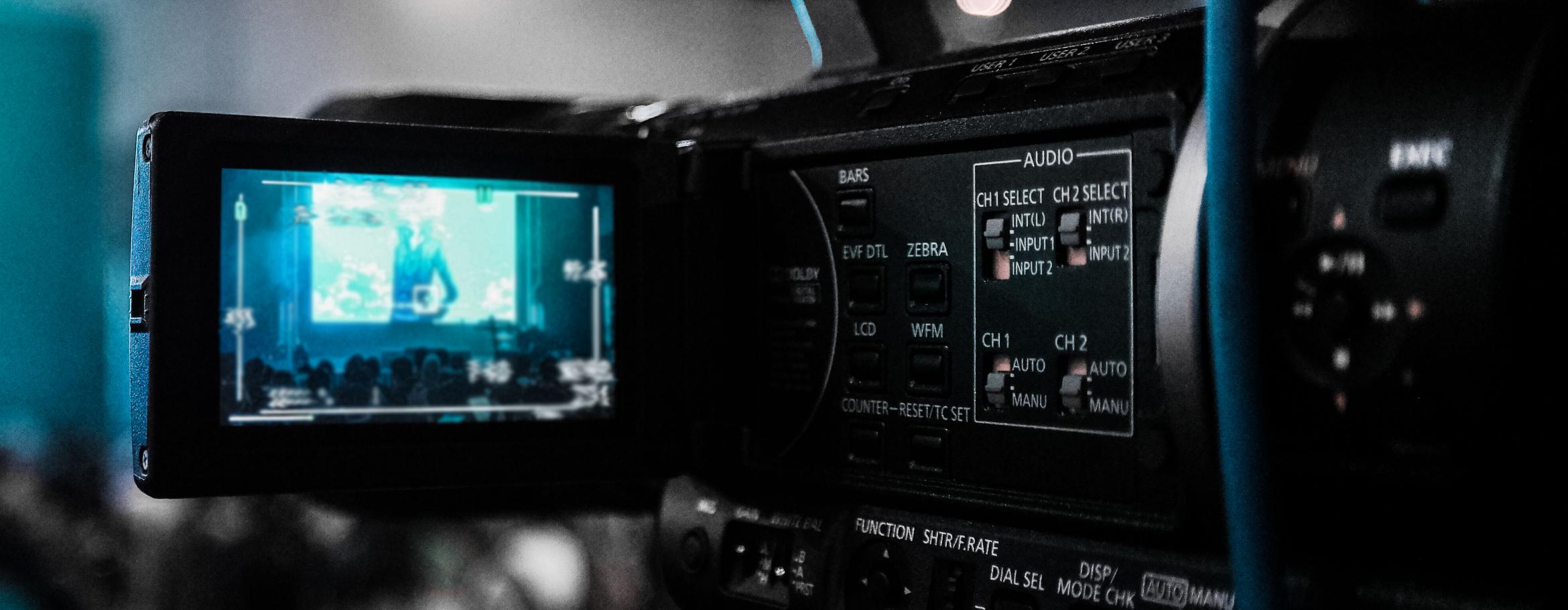If you look around you, chances are you’ve heard of and seen 4K video. Whether you’re out shopping for a new computer, the latest game console or perhaps you are a business owner looking to take your visual marketing to the next level, 4K video is something you’ll quickly take notice of. Whether for personal or professional needs, you want your video to display every minute detail and capture every moment with unwavering clarity. There are advantages and some obstacles to creating and enjoying 4K video. But first, what is 4K and and what does it mean for your business.
4K refers to a screen display resolution in the order of 4000 pixels (A pixel is a minute area of illumination on a display screen that forms the composition of an image. A camera converts a raw image into areas of illumination and a display device presents the areas of illumination as an image).
As the world around us becomes more colorful with every newly created pixel, developers and creators from all walks of life are providing an experience rather than an observation in areas of art, design, storytelling, music, medicine and education. These are just a few professions that are delivering an experience to customers that allows the information to reach them in a way that makes reality indistinguishable from what is created using cameras. With industries like virtual reality on the rise, everyone is attempting to recreate reality and 4K is becoming one of the rising standards in video. 4K is an amazing business tool when looking to connect with your audience and bring them in, not as a spectator but as a participant. 4K renders vibrant, crisp color, creating a powerful visual impact that is pleasing to the eye and appealing to the intellect. Support for 4K videos started in 2010 online with YouTube and throughout movie theaters in 2011, even though the first commercially available 4K camera was released in 2003.
Tri-Toy shoots in 4K, here’s why:
- The future is secured: With the above 2020 projection across the United States, you can ensure whatever project you shoot today remains relevant. Although 4K televisions can scale up HD material, you can be certain that pixel detail, color depth and picture clarity would be impacted. So, you can save yourself the hassle of an upgrade by shooting in 4K now.
- Higher quality of videos produced for HD: Continuing from the point above, you get better quality from scaling down a 4K material to HD as each pixel is going to be oversampled by a factor of 4 as it has four times as much pixels than HD. So, pixel detail, color depth and picture clarity are even better in HD when shot in 4K.
- Reduction in artifacts – Moiré patterns are better handled and mostly absent when 4K technology is employed in your shoot.
- SEO – Posting video in 4K will score you SEO points because of quality resolution compared to others. This doesn’t imply that people will watch it, as 4K could heavily impact their bandwidth.
- Editing and Zooming – The pixel detail of 4K makes it possible to zoom in and crop without drastically reducing the quality of the scene or action, bearing in mind that 4K has 4 times more pixels than HD.
- Capture the fastest and briefest moments – 1 second of 4K video gives you about 30 frames to choose from making it possible to capture some of the briefest moments in stills.
- Just Grab ahold of the Future – Hate to break it to you but 6K is also an option and … 8K resolution is already being tested. That’s a whopping 33 million pixels, so transitioning to 4K now is quite a reasonable option.
4K has its obstacles which include:
- You must upgrade your devices: To truly enjoy 4K there has got be some changes in your devices. You need a screen of at least 55 inches to enjoy a true 4K experience. Although most laptop screens max out at 17.3 inches, you can still enjoy amazing video quality.
- You need high storage space and speed: Some 4K equipped cameras spit out 1 minute of footage and you have one gigabyte less on your storage device. With 30 photos per second of footage you need fast write speed from storage cards too. Normal ones could work but not efficiently.
- New PC on your shopping list: If you are in the editing field you will need a significant upgrade to your computer if you do not already use a high end system with minimum requirements such as, 16 GB of RAM, quad core processor like the 7th generation (and upwards) Intel Core i7 series, Dedicated RAM for a high end graphics card like the NVIDIA 600 series or AMD R5 series and above. To get all these specs in one computer is a significant investment.
- Sharing Difficulties: Really large files have been produced and sharing online would be very difficult if you have no plans of scaling down to HD or other formats. There are bandwidth caps and people would be conscious of that especially when they do not possess the screens that can make them enjoy the full experience.
What we know is that with the use of 4K video both personally and professionally there must be commensurate development in a lot of other areas such as video compression standards, use of 4K resolution TV/monitors, processing RAM and use of SSD (Solid State Drives), capture devices and media storage.
At Tri-Toy we have complete 4K camera packages to fit your specific production needs in the field and in studio along with full 4K post production support during the editing process. We can keep you and your business ahead of the curve and the competition. You’ll keep your audience engaged and connect them more closely to your product or service. Contact Us today to get started.


Leave your comments